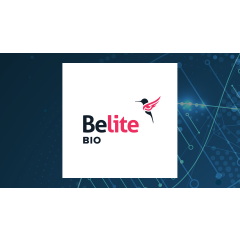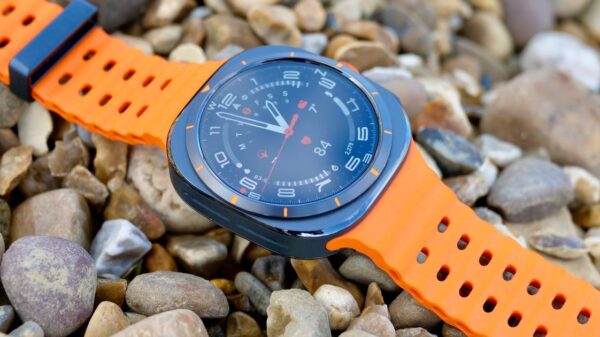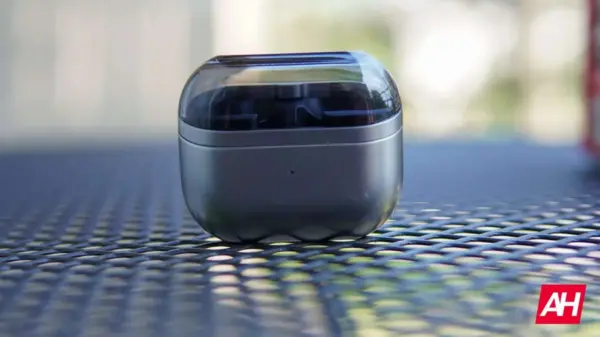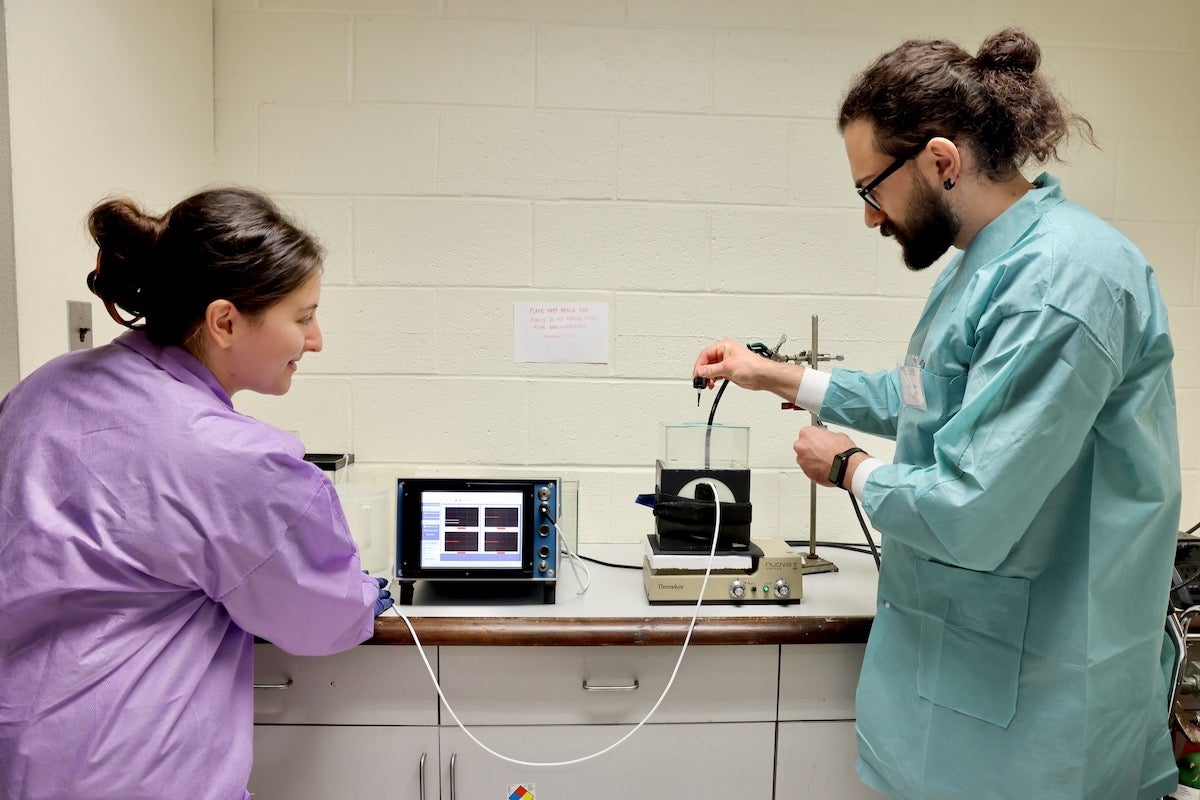Drexel University’s Biomed Summer Academy has drawn dozens of high school students from Pennsylvania, New Jersey, and beyond, eager to explore careers in science, technology, engineering, and mathematics (STEM). Over the course of four weeks, participants engage in hands-on projects and gain insights into the latest biomedical technologies.
Among the attendees is Levi Heckard, a 17-year-old student from Cedar Crest High School in Lebanon, Pennsylvania. He expressed enthusiasm for pursuing a career focused on developing advanced technologies for artificial limbs and organs. “We are currently working on a group project that is an artificial kidney filtration system,” he explained. “Building more prosthetics to help people whose limbs are not functioning properly would help people get a second chance at life.”
Another participant, Cecil Ekhelar, a 17-year-old from Trinity Hall High School in Tinton Falls, New Jersey, aspires to study biomedical engineering in college. She is particularly fascinated by the workings of the human brain, which serves as a core focus of the academy’s curriculum.
The program attracts students from various high schools, including Abington, Central, Lower Merion, William Penn Charter, and Upper Darby. The U.S. Bureau of Labor Statistics projects that the number of STEM jobs will rise by more than 10% from 2023 to 2033, significantly outpacing the 3.6% growth expected in non-STEM fields. However, a report from the Harvard Gazette indicates that only 20% of high school graduates are adequately prepared for college-level STEM courses.
Hands-On Learning and Advanced Technologies
At the Biomed Summer Academy, students gain practical experience in laboratory and research skills through interactive learning. They delve into diverse projects, including tissue engineering, neural circuit engineering, and biomaterials. Topics such as bioethics, gene editing, health equity, and lab safety are also integral to the curriculum.
Hasan Ayaz, a professor in Drexel University’s School of Biomedical Engineering, Science and Health Systems, highlighted the innovative technologies students encounter. “Today is about neuroengineering, and we teach students about different methods and techniques we use to study human brain function,” he said. The academy introduces attendees to brain-computer interfaces, allowing individuals to control technology solely through thought, including navigating virtual reality and interacting with humanoid robots.
Students are exposed to tools such as the electroencephalogram (EEG), which measures electrical activity in the brain. Ayaz elaborated, “We use variable neuroimaging techniques to capture brain signals as individuals perform different tasks. They go through hands-on experiences with these technologies to understand their applications.”
Inspiring Future Innovators
Among the facilitators is Bartu Atabek, a doctoral student in Drexel’s neuroergonomics lab. He engages students with an EEG-based brain-computer interface, enabling them to control a video game using their thoughts. “Hopefully, they become more interested and want to learn more in the future,” Atabek noted.
The academy not only emphasizes academic growth but also aims to inspire the next generation of innovators. Ayaz explained how these techniques are applied to human-machine interaction, enhancing technologies across various fields, from aviation to surgical tools. “EEGs are also used in a healthcare setting to diagnose various brain disorders,” he added.
As these high school students immerse themselves in cutting-edge technology and engage in meaningful projects, they are well-positioned to make significant contributions to the evolving landscape of biomedical engineering and beyond.





































































